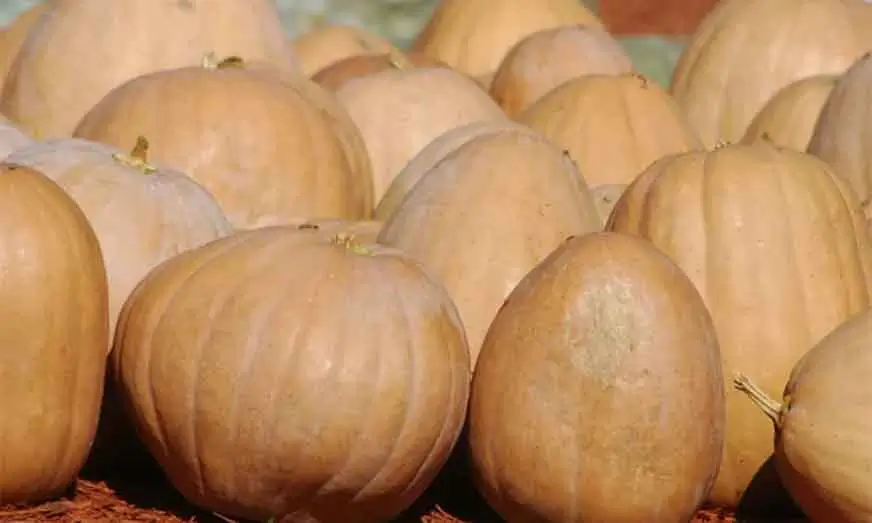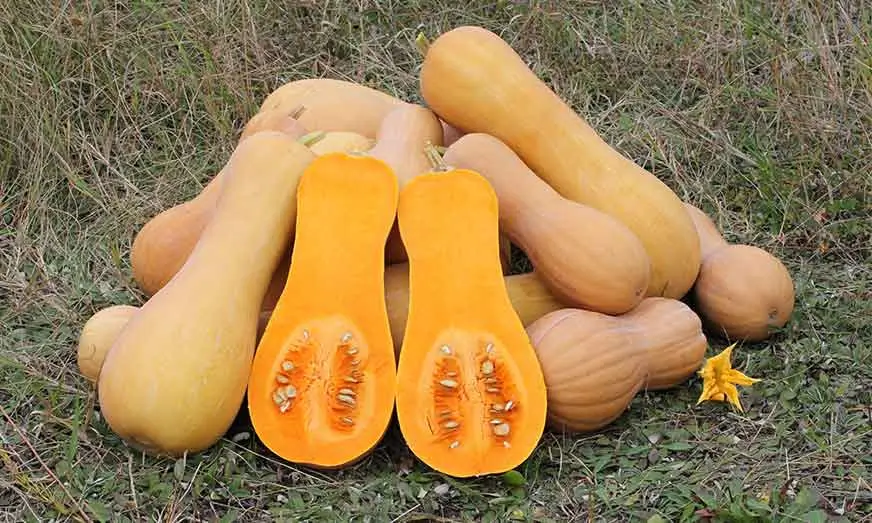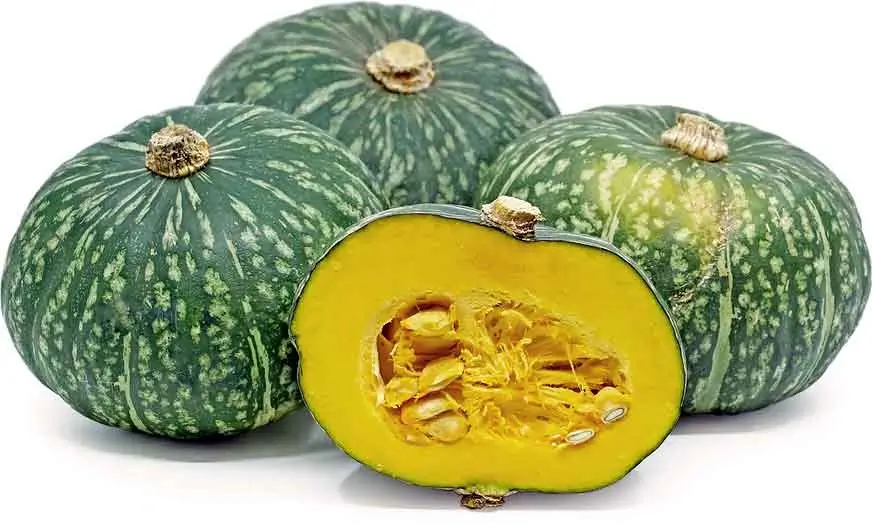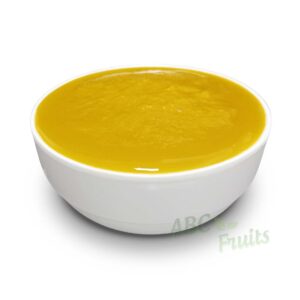
Pumpkin Puree: Everything You Need to Know
Pumpkin puree is no longer just a seasonal staple; it has evolved into a globally consumed, highly nutritious, and versatile ingredient that finds its way into countless recipes, food formulations, and health diets. Whether in a spiced latte, a creamy soup, a baby’s first food, or a baker’s moist cake, pumpkin puree is everywhere.
In this blog, we dive deep into everything you need to know about pumpkin puree—from how it’s made and used, to its health benefits, commercial applications, and India’s role as an emerging supplier in the global market.
What Is Pumpkin Puree?
Pumpkin puree is a smooth, thick paste made by blanching and blending pumpkin flesh. It is typically made from sweet varieties and its color ranges from golden yellow to deep orange, depending on the pumpkin variety and the method of processing.
Unlike “pumpkin pie filling,” which contains spices and sweeteners, pumpkin puree is a neutral base ingredient. This makes it adaptable for both sweet and savory dishes. Whether used in home kitchens or by large-scale food processors, pumpkin puree offers consistency in flavor and texture.
Its appeal lies in its simplicity—just pureed pumpkin. But behind this simplicity lies a robust supply chain, scientific food processing, and growing global demand.
How Is Pumpkin Puree Made?
1. Selection of Pumpkins
It all begins with the careful selection of pumpkins. Only fully mature pumpkins, usually between 3–5 kg in size, with firm flesh and natural sweetness are chosen for puree processing. Industrial food processors often use specific cultivars that offer high pulp yields, and a smooth, non-fibrous texture.
Pumpkins used for puree production are different from decorative or carving pumpkins. The latter tend to be stringy, watery, and less flavorful. On the other hand, varieties like Dickinson pumpkin, butternut squash, and kabocha are ideal for puree.
2. Cleaning and Preparation
Once harvested, pumpkins are washed thoroughly to remove dirt, debris, and any residual pesticides. The outer rind is either peeled manually or mechanically. Seeds and fiber inside the pumpkin are removed. These seeds can be processed separately for roasting or oil extraction.
3. Cooking the Flesh
The prepared pumpkin pieces are cooked to soften the flesh. This is done either by:
Steaming: Retains most nutrients and enhances natural flavor.
Boiling/Blanching: Faster but may lead to slight nutrient loss.
Cooking breaks down the complex starches in the pumpkin, making it easier to puree.
4. Pureeing and Homogenization
Once cooked, the pumpkin flesh is mechanically pureed into a uniform, smooth texture using high-powered industrial blenders. In large-scale factories, homogenizers help maintain consistency in texture and prevent separation of pulp and moisture.
For commercial purposes, standardization is critical—this means each batch must have a uniform color, Brix level (natural sugar), pH, and viscosity.
5. Packaging and Storage
The final puree is then cooled and packed:
Aseptic bags (for long shelf life without refrigeration) in drums or bag in box
Frozen packs (retains flavor and texture, requires cold storage)
These are sealed under hygienic conditions and stored in temperature-controlled environments to maintain quality over time.
Pumpkin Varieties Used for Puree
Not all pumpkins are suitable for pureeing. Some are better for carving, while others are bred for processing. Let’s look at some of the common types used in puree production:

1. Dickinson Variety
These are the most preferred variety for pumpkin puree due to their naturally sweet taste, dense flesh, and fine-grain texture. They’re small in size and low in moisture, ideal for baking and baby food.

2. Butternut Squash
Butternut squash has a nutty, buttery taste and a smooth texture. It gives a creamier puree and is often used in soups and gourmet recipes.

3. Kabocha Pumpkin
Popular in Asian cuisines, Kabocha yields a very thick, dense puree with a slightly dry consistency. It is rich in beta-carotene and has a deep orange color.
4. Commercial Hybrid Pumpkins
Some food processors cultivate hybrid pumpkins optimized for pulp yield, pest resistance, and uniformity in flesh. These are cost-effective and suitable for industrial-scale puree production.
Usage of Pumpkin Puree
Pumpkin puree is one of the most versatile ingredients in both home and industrial kitchens. It can be incorporated into numerous recipes across cuisines and meal types.
1. Baked Goods
In baking, pumpkin puree provides moisture and texture to cakes, muffins, pancakes, and breads. Its natural sweetness reduces the need for additional sugar. It’s often used in:
– Pumpkin bread
– Pumpkin pie
– Brownies
– Cupcakes
– Doughnuts
2. Savory Dishes
Pumpkin puree is an excellent base for savory items like:
– Creamy pumpkin soup
– Pasta sauces (pumpkin alfredo)
– Vegetable curries
– Pumpkin risotto
Its mild flavor allows it to absorb spices and pair well with garlic, ginger, sage, cinnamon, and nutmeg.
3. Beverages & Smoothies
It is widely used in pumpkin-flavored lattes (especially in fall), protein shakes, and fruit smoothies. Blending it with banana and almond milk makes a nutritious breakfast drink.
4. Baby Food
Thanks to its smooth texture, easy digestibility, and nutritional value, pumpkin puree is ideal for babies starting solids. More on this below.
Pumpkin puree is used extensively in the food processing industry:
In Ready-to-Eat and Processed Foods:
– Soups, sauces, instant noodles
– Frozen meals and vegetable mixes
– Baby food jars and pouches
– Pet food (pumpkin helps digestion in dogs and cats)
Dairy and Beverages:
– Pumpkin yogurt and smoothies
– Pumpkin-flavored ice cream
– Coffee syrups and creamers (Pumpkin Spice)
Functional Foods:
– Health bars
– Gluten-free baking products
– Plant-based foods and vegan recipes
Food processors rely on consistent Brix (natural sweetness), viscosity, and color in bulk pumpkin puree—especially when supplying international markets.
Pumpkin Puree for Babies:
Pumpkin puree is highly recommended as a first food for infants due to its many health benefits and naturally pleasing taste.
Why It’s Ideal:
– Soft and smooth when pureed
– Easy on the stomach
– Low risk of allergies
– High in beta-carotene and fiber
– Pairs well with other baby-friendly foods like rice, apple, banana, or dal
You can start feeding pumpkin puree around 6 months of age. It can also be mixed with grains like oats or Rice.
Pumpkin also promotes good bowel movement in infants, making it suitable for constipation issues. It contains natural antioxidants that help build a child’s immunity during the early stages of life.
Nutritional Profile of Pumpkin Puree
Pumpkin puree is often considered a “superfood” thanks to its dense nutritional profile.
Calories: ~5.88 g/100 g
Carbohydrates: ~55.90 Kcal/100g
Cholesterol: <1.0 mg/100g
Dietary Fiber: ~1.85 g/100 g
Protein: ~1.12 g/100 g
Total Fat: ~3.10 g/100 g
Trans Fat: <0.10 g/100 g
Saturated Fats: ~0.75 g/100 g
Total Sugars: ~3.85 g/100 g
Sodium: ~6.60 mg/100g
Potassium as K: ~196.2 mg/100g
Iron: ~0.24 mg/100g
Calcium as Ca: ~10.5 mg/100g
Key Health Benefits:
– Eye Health: High in beta-carotene (a precursor to Vitamin A), lutein, and zeaxanthin, which protect vision.
– Digestive Health: High fiber supports bowel movement and gut health.
– Heart Health: Potassium regulates blood pressure.
– Diabetes Control: High fiber and low glycemic load help in stabilizing blood sugar.
Cold Storage and Shelf Life Management
Proper storage of pumpkin puree is critical to preserve quality, especially for manufacturers and exporters.
Recommended Storage Conditions:
– Frozen Puree: Store at -18°C. Shelf life: 18–24 months.
– Aseptic Puree: Store at ambient temperature. Shelf life: 12-18 months.
– Canned Puree: Shelf-stable but should be refrigerated after opening.
Export Opportunities and Market Trends
Key Markets for Pumpkin Puree:
– United States: Peak demand during fall (Thanksgiving, Halloween). Used in pies, beverages, desserts.
– Europe: Organic and baby food sectors are expanding.
– Middle East: Growing demand for vegetarian food and healthy convenience foods.
Market Trends:
– Surge in gluten-free and plant-based product development.
– Increase in demand for clean-label and organic puree.
– Pumpkin as a functional ingredient in nutraceuticals.
India’s pumpkin puree industry is set to grow due to the large availability and varieties of pumpkins that meet the standards for global exports.
Conclusion: Why Pumpkin Puree Is a Product of the Future
Pumpkin puree offers more than just seasonal flavor—it’s a year-round solution for nutritious, delicious, and functional food innovation. Whether you’re a food manufacturer looking to create clean-label products, a health-conscious cook, or a parent choosing first foods for your baby, pumpkin puree delivers versatility and value.
India’s rising position as a pumpkin puree exporter opens up avenues for agricultural growth, food processing development, and global trade partnerships.
ABC Fruits offering pumpkin puree:

ABC Fruits offering premium quality Pumpkin Puree that meets international standards in taste, texture, and food safety. Sourced from selected high-yield pumpkin varieties.
Quality : Conventional
Type : Pumpkin Puree
Brix : Minimum 5
Storage : Below 10˚C
MOQ : 9,800 kg
Origin : India
